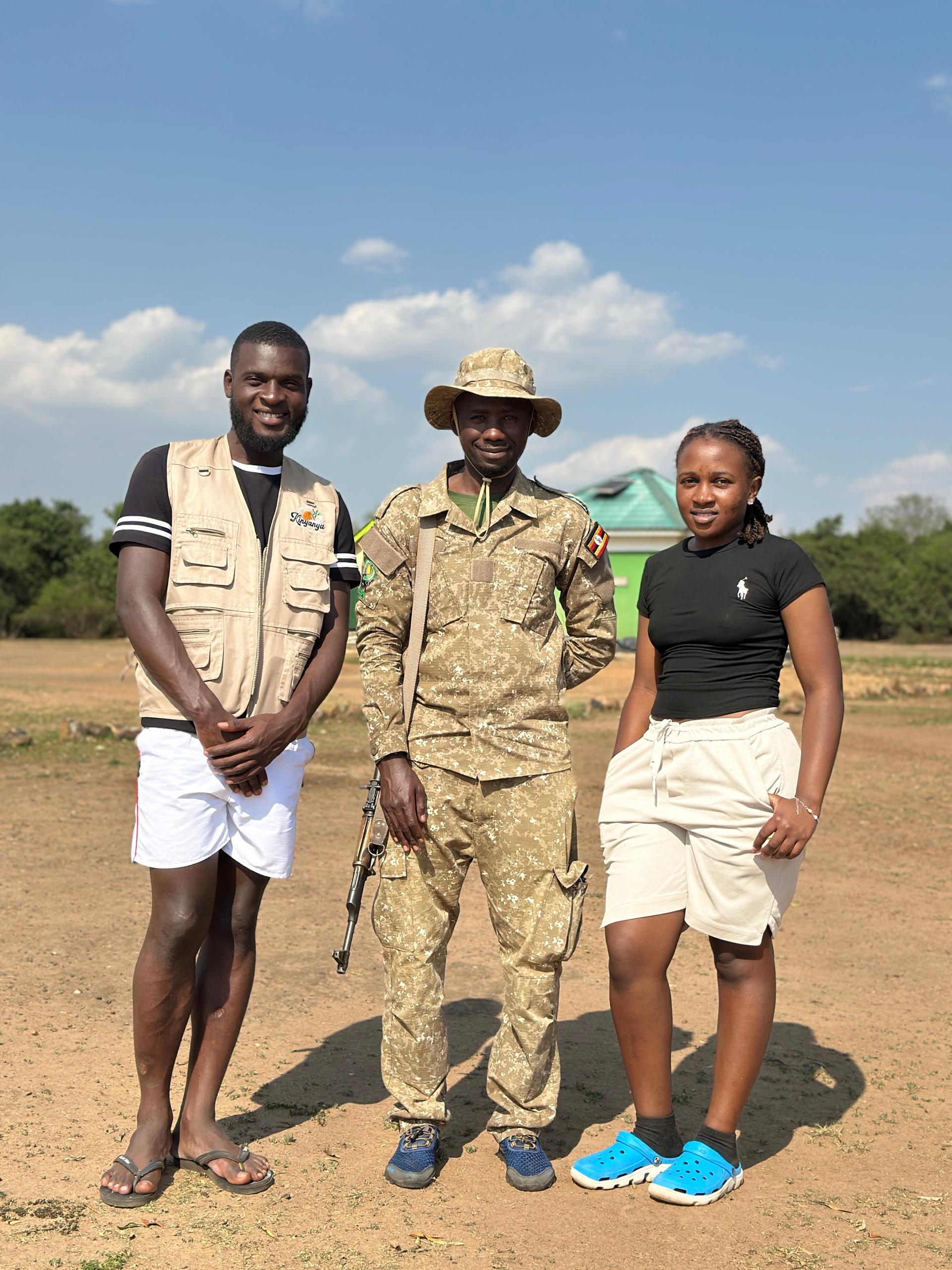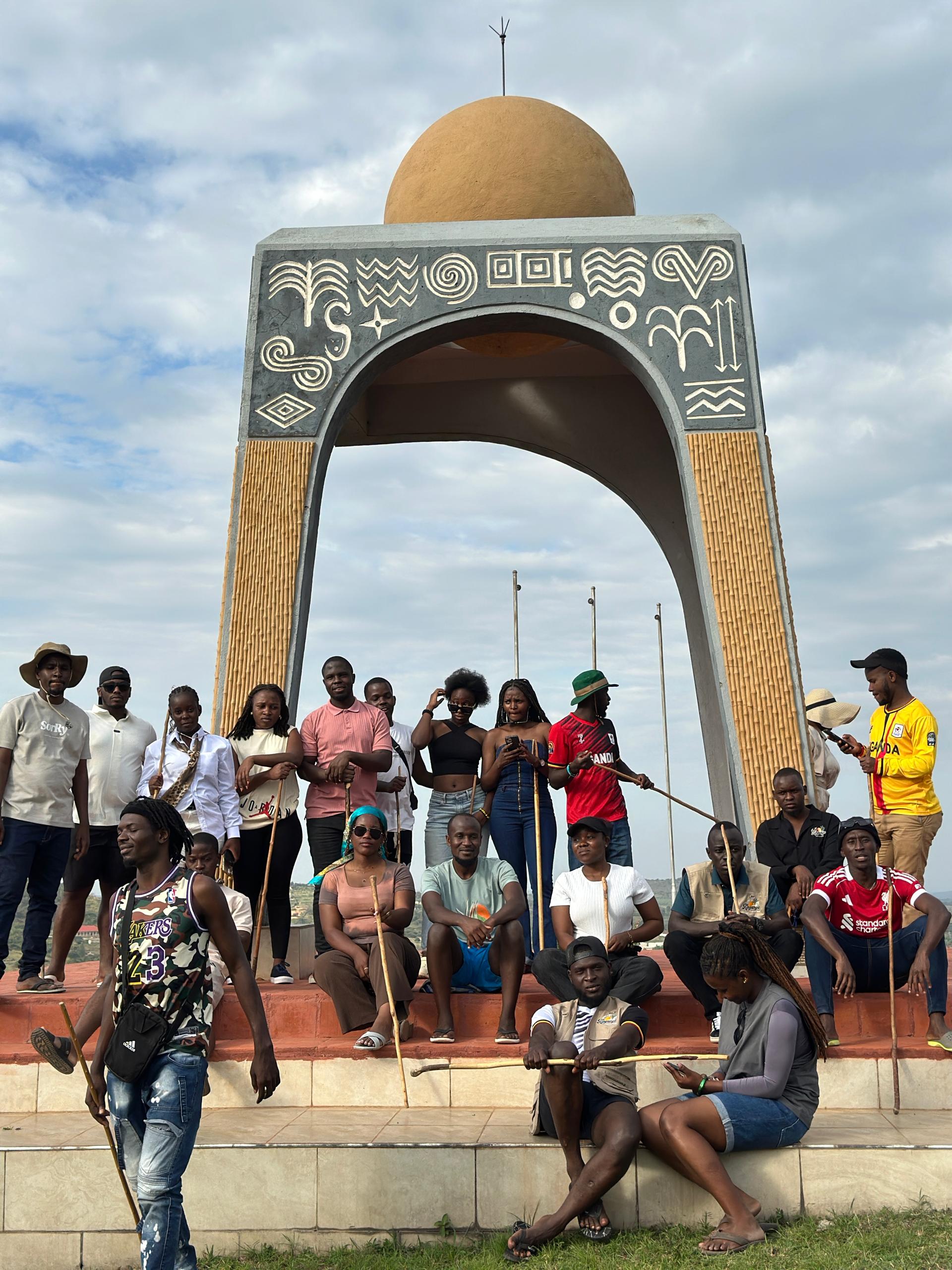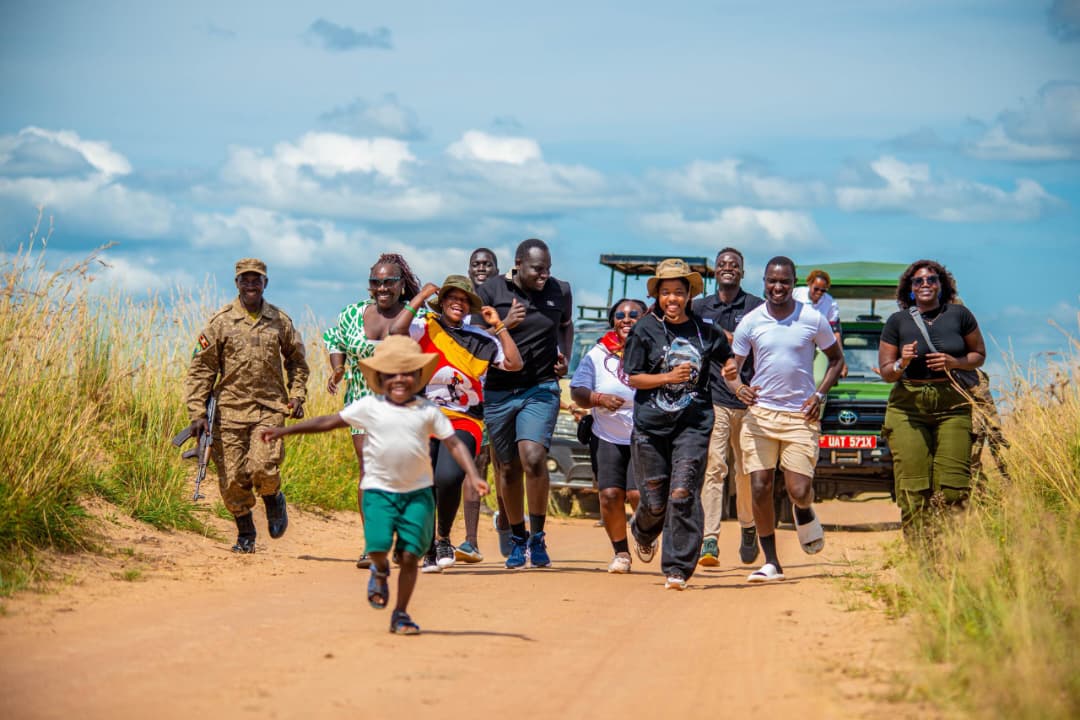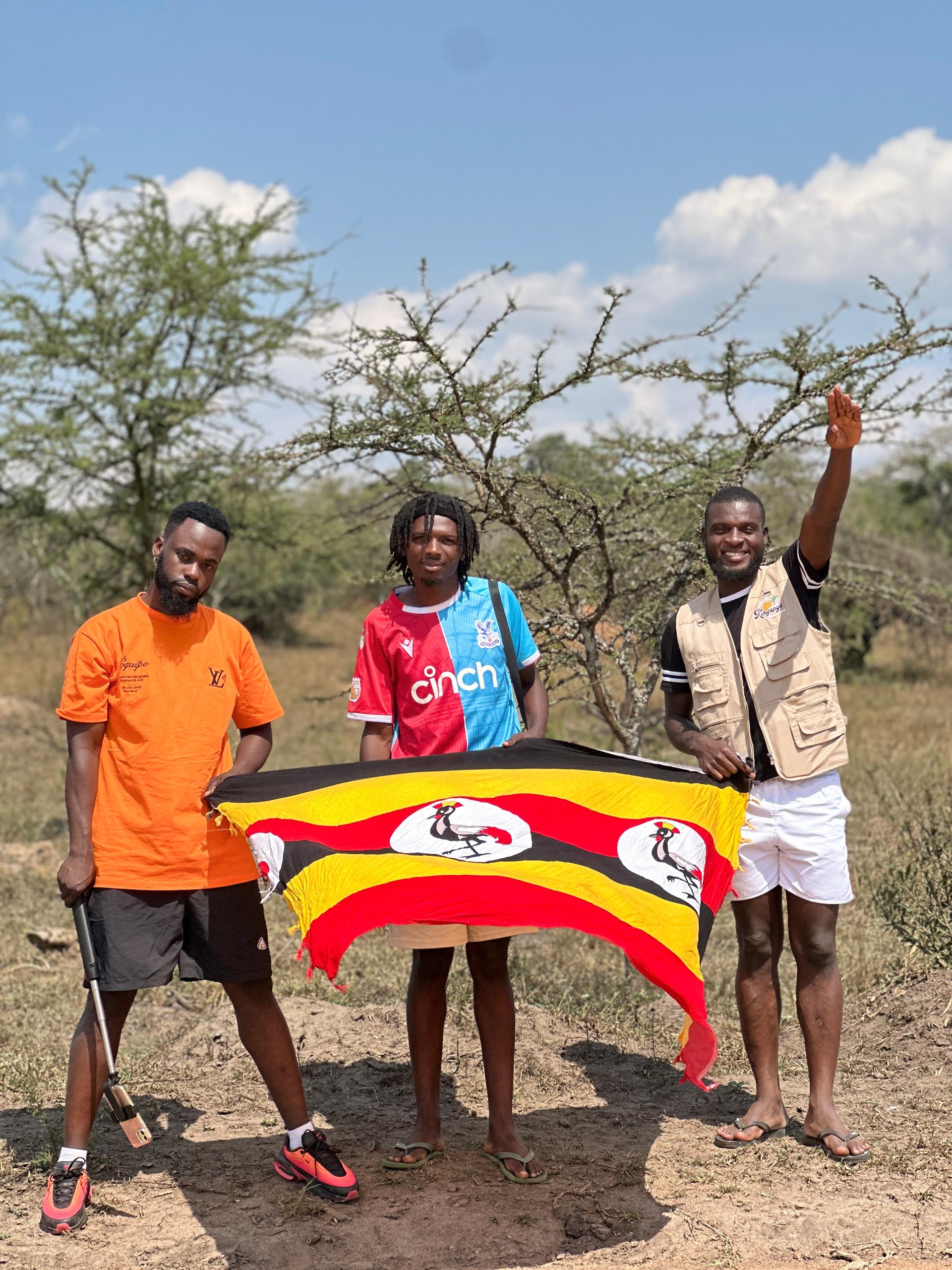Embarking on a gorilla trekking adventure in Bwindi Impenetrable National Park is more than just a wildlife encounter—it's a life-changing journey into the heart of Uganda's pristine wilderness. Home to nearly half of the world's remaining mountain gorillas, Bwindi offers visitors the rare opportunity to observe these magnificent creatures in their natural habitat.
Why Bwindi Impenetrable Forest?
Bwindi Impenetrable National Park, a UNESCO World Heritage Site, is home to approximately 459 mountain gorillas—nearly half of the world's remaining population. This ancient rainforest, estimated to be over 25,000 years old, provides the perfect habitat for these gentle giants.
The park's dense vegetation, ranging from montane forest to bamboo zones, creates an ideal environment for gorillas to thrive. With four main sectors—Buhoma, Ruhija, Rushaga, and Nkuringo—visitors have multiple options for their trekking experience.
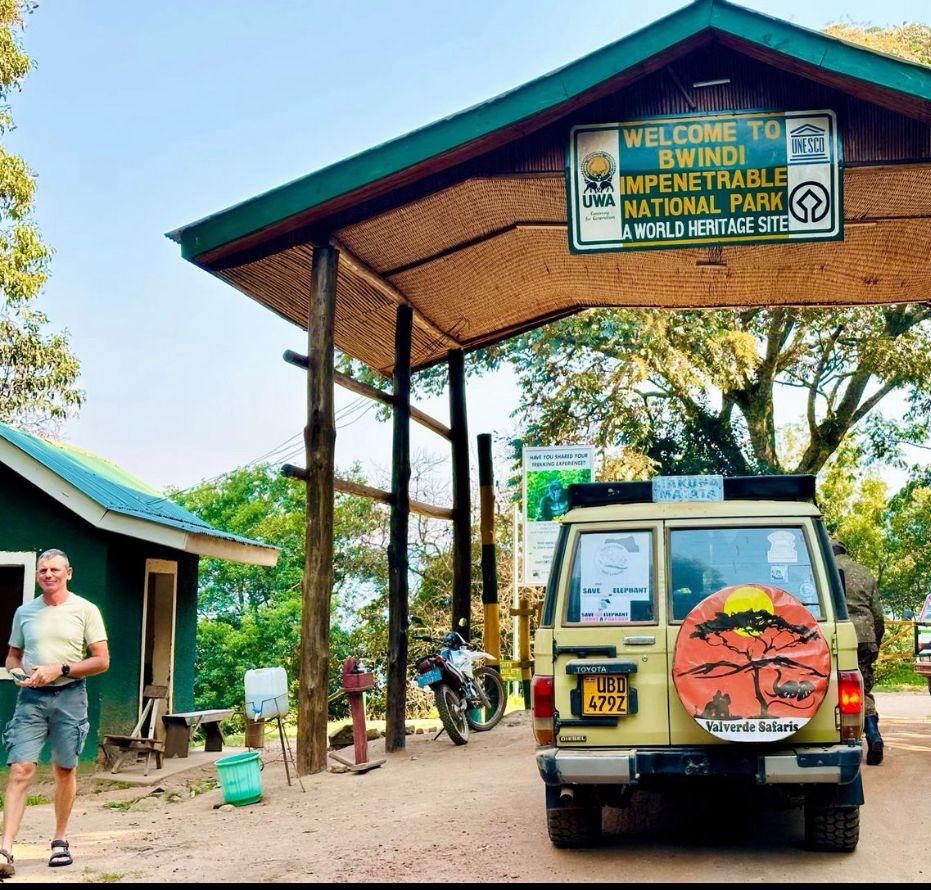
A silverback gorilla observes visitors during a trekking encounter in Bwindi
Planning Your Gorilla Trek
Successful gorilla trekking requires careful planning and preparation. The experience begins early in the morning with a briefing at the park headquarters, where you'll learn about gorilla behavior, safety protocols, and conservation efforts.
Physical fitness is essential, as treks can last anywhere from 2 to 8 hours depending on the gorilla family's location. The terrain is challenging, with steep slopes, thick vegetation, and often muddy conditions.
Gorilla Permit Essentials
Permits cost $700 USD and must be booked well in advance. Each permit allows one hour with a gorilla family and includes park entrance fees and professional guide services.
What to Pack for Your Trek
- Sturdy, waterproof hiking boots with good ankle support
- Long-sleeved shirt and pants to protect from vegetation
- Rain jacket or poncho (weather can change quickly)
- Insect repellent and sunscreen
- Camera with extra batteries (no flash photography)
- Plenty of water and energy snacks
- Walking stick (often provided by guides)
- Small backpack for essentials
The Trekking Experience
Your trek begins at dawn, led by experienced guides and trackers who have been monitoring the gorilla families since early morning. The journey through Bwindi's dense forest is an adventure in itself, with opportunities to spot other wildlife including forest elephants, various monkey species, and over 350 bird species.
When you finally encounter your designated gorilla family, the experience is nothing short of magical. Watching these gentle giants interact, play, and go about their daily lives provides insights into our own evolutionary history.
The moment you lock eyes with a mountain gorilla, you realize you're not just observing wildlife—you're connecting with a distant cousin who shares 98% of our DNA.
Dr. Jane Goodall, Primatologist
Conservation Impact
Gorilla trekking tourism plays a crucial role in conservation efforts and local community development. Revenue from permits directly funds anti-poaching activities, habitat protection, and community projects.
The Uganda Wildlife Authority, in partnership with international conservation organizations, has developed sustainable tourism practices that benefit both wildlife and local communities. Your visit contributes directly to these vital conservation efforts.
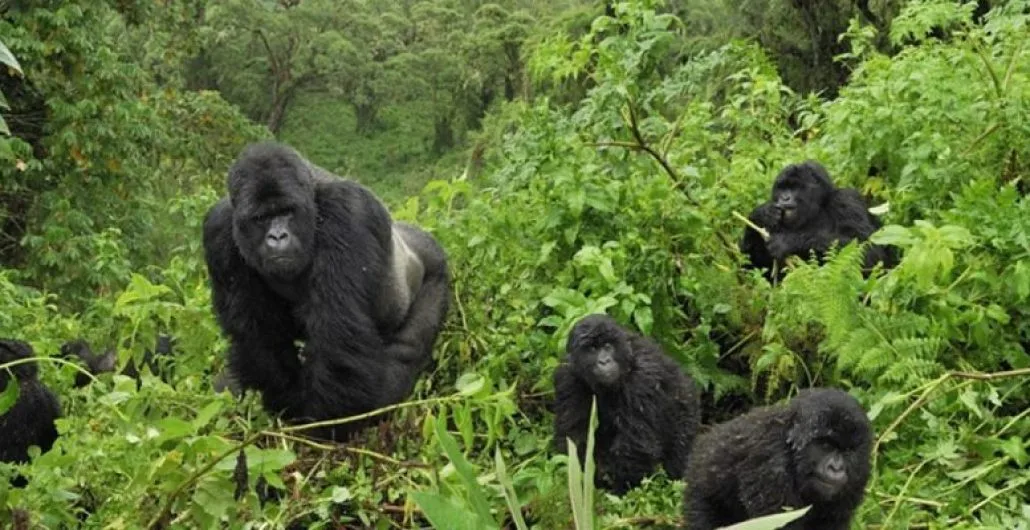
Local community members participate in forest conservation activities
Best Time to Visit
While gorilla trekking is possible year-round, the dry seasons (June to September and December to February) offer the best conditions. During these periods, trails are less muddy and wildlife viewing is generally easier.
However, the wet seasons shouldn't be completely dismissed—fewer tourists mean a more intimate experience, and the forest is at its most lush and vibrant.
